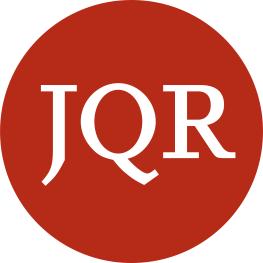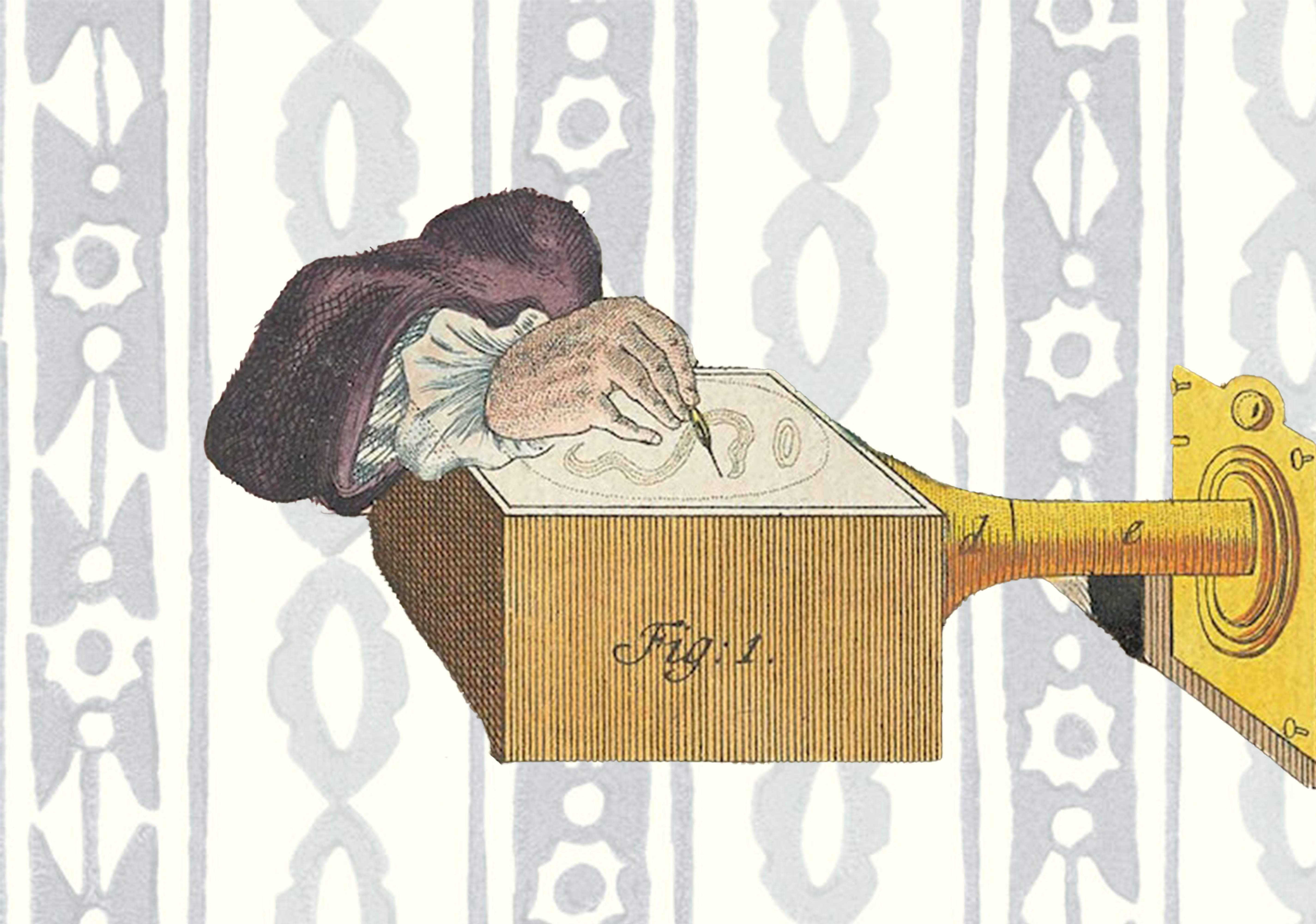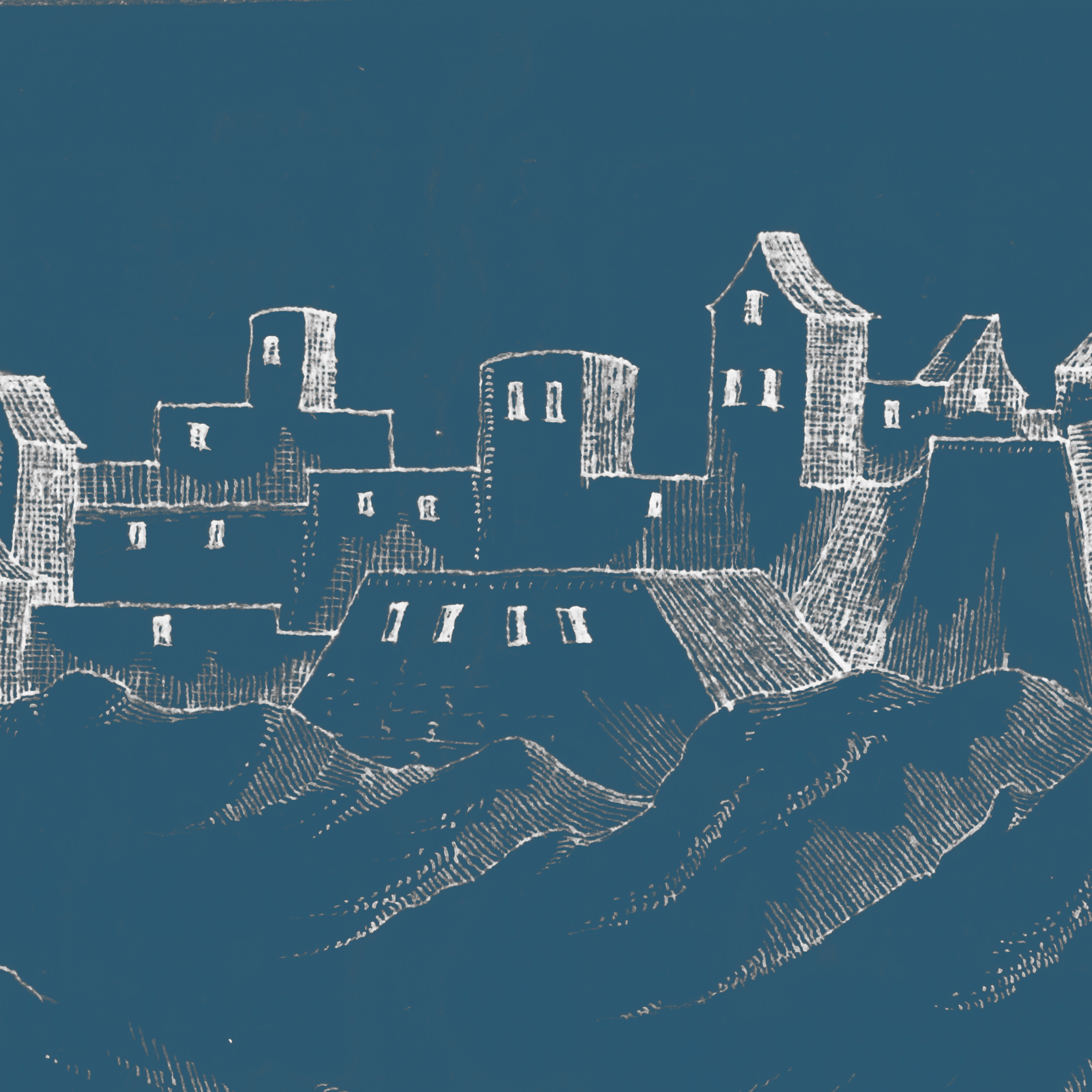A “Metropolitan Miniature”: Hebrew Modernism in a Local Key
What did Hebrew modernism look like in the often-overlooked spaces between the shtetl and the big city?

Pale of Jewish settlement in the Russian empire until 1917
In their essay “Hebrew Gomel: Space, Genre, Modernity” (JQR 113.3) Natasha Gordinsky and Rafi Tsirkin-Sadan focus our gaze on fin de siècle Gomel, a small majority-Jewish city in the Pale of Settlement that produced an outsized share of literary genius. A fast-growing town about 200 miles southeast of Minsk—its population more than doubled in the decade around the turn of the century—Gomel was a dynamic hub that attracted many artists and intellectuals and fueled the productivity of three giants of Hebrew Modernism: Uri Nissan Gnessin (1879–1913), Yosef Haim Brenner (1881–1921), and Gershon Shofman (1880–1972).
Gordinsky and Tsirkin-Sadan propose an alternative geography of Jewish modernism, one that pays attention to the impact of landscapes peripheral to the more-studied centers such as Warsaw and Berlin, Vienna and Vilna. A midsized provincial capital like Gomel, they argue, complicates the binary narrative trajectory from shtetl to metropolis. Gomel was a fecund space that concentrated the historical moment without overwhelming, allowing Hebrew writers space in which to experiment.
The essay underscores social, institutional, technological, and economic elements that contributed to Gomel’s unique literary history, such as the trains that connected the big cities. The railroad also laced through the countryside, linking smaller outposts, and thus proved a central engine for the circulation of people and ideas. Ironically, they note, it also intensified local identities even as, or perhaps because, people learned more about the wider and farther world.
Brenner, Gnessin, and Shofman, each in his own way, exemplify and exploit the tensions of the modernist imagination, refracting the self through the urban landscape of one particular, resonant city. Gordinsky and Tsirkin-Sadan map the impact of space on literary genres, and in so doing chart a new landscape of the Hebrew canon.
(“Metropolitan Miniature” is a term coined by Andreas Huyssen, see article p. 433).



